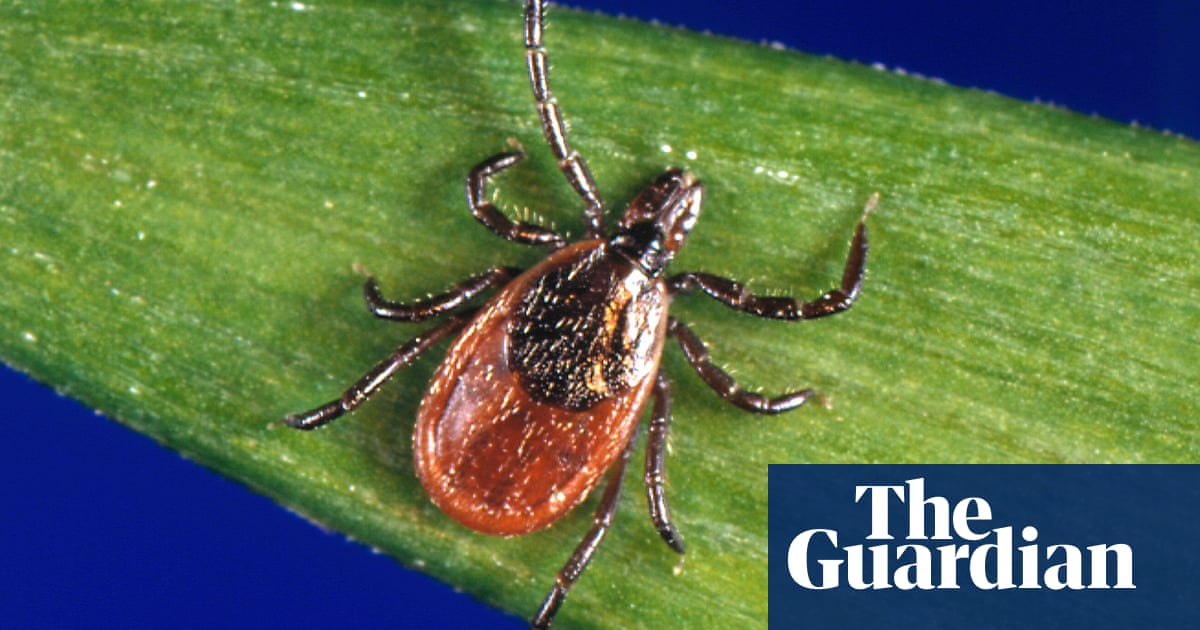
"This year, as compared to recent years, there has been an increase in the reported number of blacklegged ticks, the number of such ticks that carry Lyme disease and visits to the emergency room because of bites from the tiny parasitic arachnid."
"The Fordham Tick Index rated the week of 20 June as a 10 out of 10, its highest level of risk, indicating an alarming rise in tick encounters."
Blacklegged ticks have shown a significant increase in numbers this year in the United States, leading to more reported Lyme disease cases and emergency room visits. The Fordham Tick Index indicated a peak risk level in late June. Climate change is contributing to the broader distribution of ticks, as their habitat has expanded over recent decades due to milder temperatures. Encounters with nymph blacklegged ticks have also risen, consistent with data from TickSpotters, encouraging individuals to take precautions while enjoying outdoor activities.
Read at www.theguardian.com
Unable to calculate read time
Collection
[
|
...
]